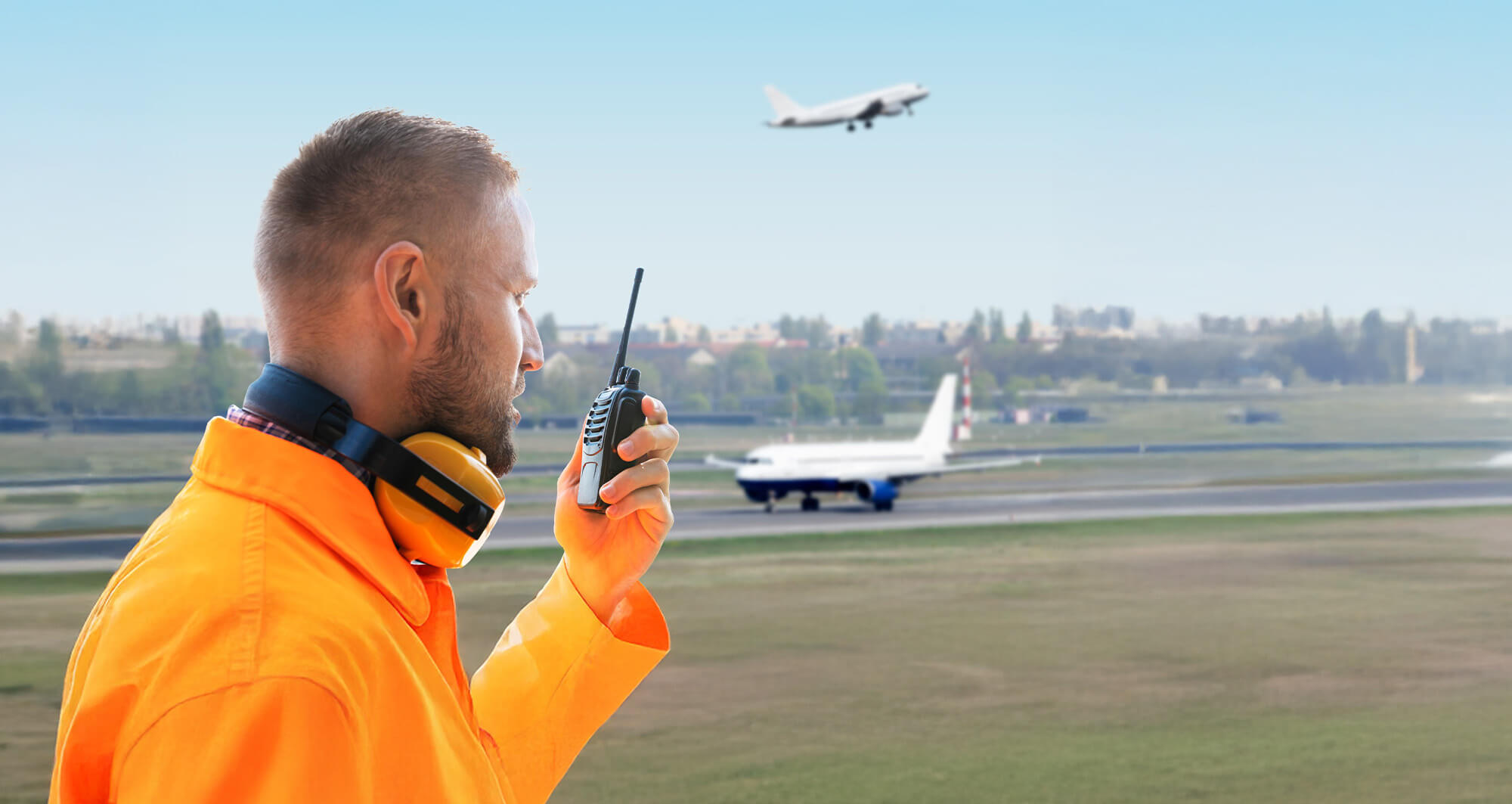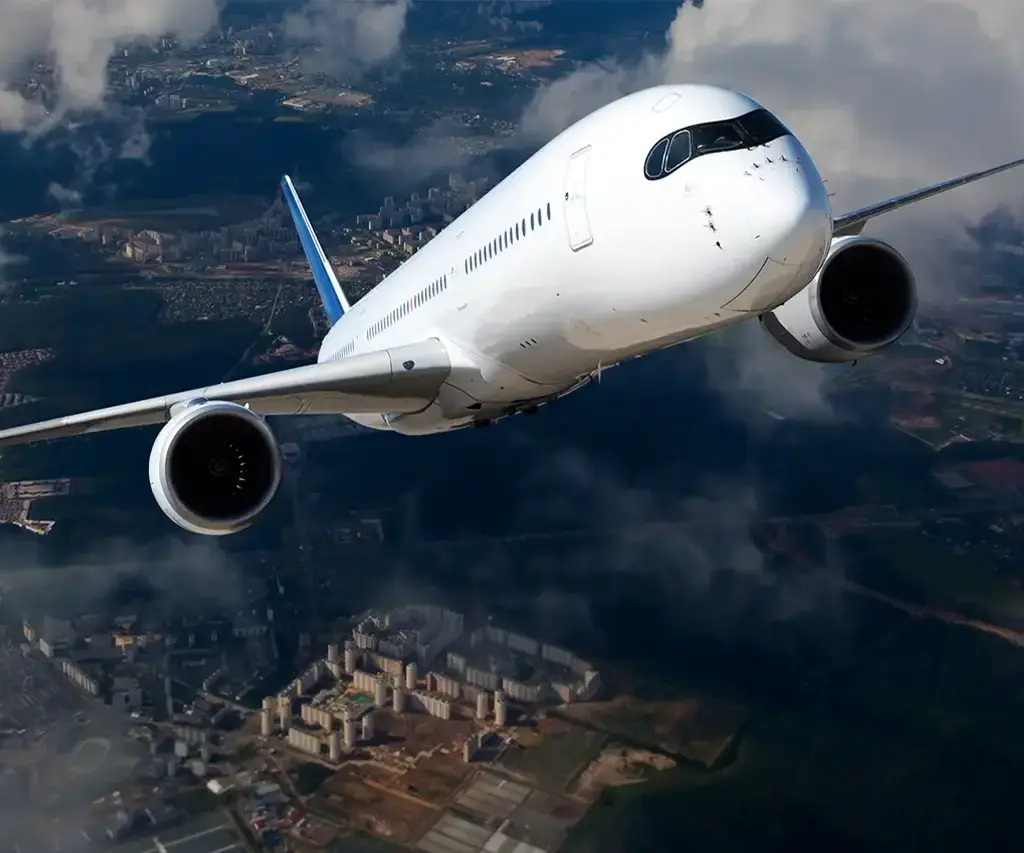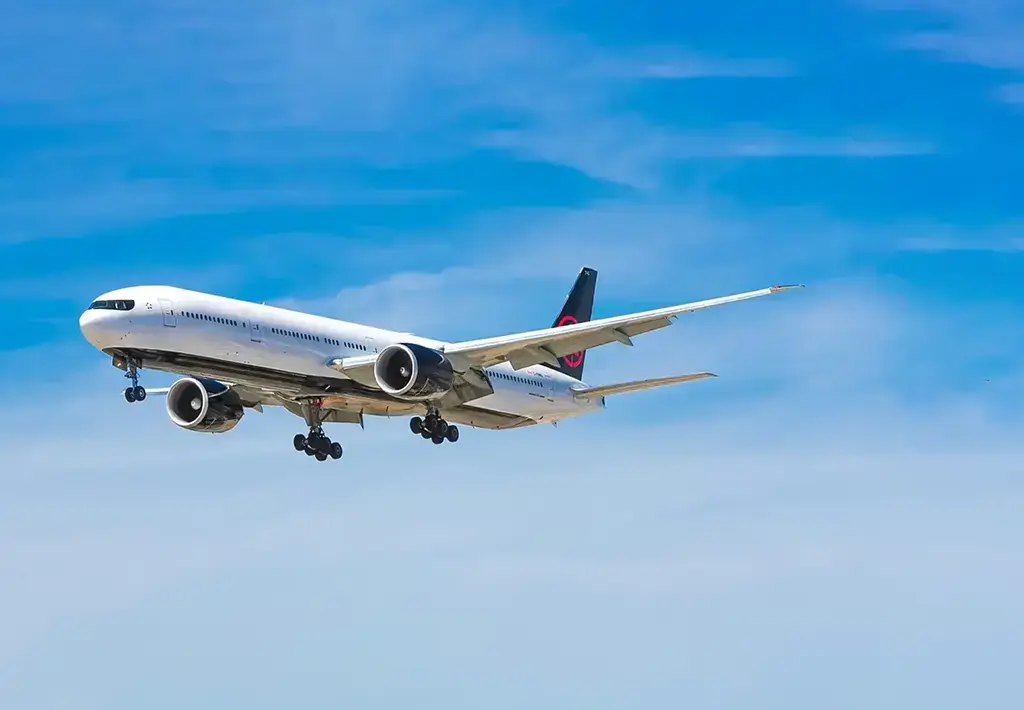The skies are humming with activity. In August, industry-wide revenue passenger-kilometres hit 95.7% of their pre-pandemic level. It is forecast that 2023 will see a total of 32.4 million passengers travel by air. This trounces the 16.9 million recorded in 2020.
But while we celebrate the aviation sector’s regained trajectory, we should also lend a thought to the people on the ground who make it possible.
The workers who manage airlines’ ground handling operations are just as responsible for keeping everything running safely and smoothly as their on-board counterparts. From baggage handlers and plane cleaners to safety inspectors and refuelling staff, ground personnel have dealt with the return to pre-pandemic flight volumes ably.
But a projected boom in passenger numbers over the rest of the decade might give some ground staff reason to be nervous.
Challenges for ground operation staff
Everyone in the aviation industry welcomes the rebound in its fortunes. But higher air traffic poses undeniable challenges for ground staff. Let’s work through why.
Staff shortages
When the pandemic hit, an exodus of qualified ground handling staff followed. By September 2021, airports had lost 29% of their contracted staff.
The industry is still struggling to replace these workers. Recruitment problems are intensified by security clearance processes that can take over six months.
Bottlenecks caused by these staff shortages wrought mass delays and cancellations in airports across Europe in the summer of 2022. Since then, the effects of insufficient staffing levels have been felt in higher rates of mishandled luggage.
When surveyed by IATA, the aviation industry’s representative body, 60% of ground handling professionals felt they didn’t have enough staff to ensure smooth operations.
It’s in airlines’ interest just as much as airports’ to sort this out. A lot of carriers’ carefully honed customer experience strategies were cancelled out by people’s stickier memories of cancelled flights, endless queues or missing belongings.
Complexity
Airport aprons are busy, dynamic (and sometimes quite dangerous) places. Vehicles, people and equipment are in constant motion, whatever the weather.
Handlers carry out tough work in a very complex environment, balancing many simultaneous demands with tight turnarounds.
Different types of plane have different service vehicle placements and vary in their servicing requirements. A greater volume and variety of aircraft increases the pressure on a stretched workforce that lost some of its institutional memory in the great pandemic exodus.
Aligning with new industry standards
IATA, the main industry body for aviation, frequently updates its standards and protocols that underpin global operation processes.
Compliance with the latest developments in best practice is always an urgent priority. But it takes time and money to ensure that staff both understand and can apply them at an ever-mounting scale.
Getting ground operations ready for the challenge
While these problems persist, air travel is set to reach a new level of demand. Journeys are set to exceed their pre-pandemic peak as soon as next year, while IATA predicts that global passenger numbers will have doubled by 2040.
One way or another, the ground operation challenges will have to be solved to stop turnaround delays mounting and air travel grinding to a halt.
Fortunately, technology shines a light through.
Where digital transformation makes a difference
Most airport ground operations have not yet been digitalised. The great majority of ramp activities are still conducted manually. Radios and walkie-talkies abound on aprons.
Other than some new carrier logos on the jets, a time-travelling visitor from the 1980s might feel quite at home walking around a dispersal zone.
The one upside of this legacy dependency is that there’s a lot of catch-up potential. The benefits of digital transformation for ground operations could be felt both quickly and widely.
Staff planning
Since labour is both the biggest expense and the most pressing shortage in airport ground operations, personnel should be the first area of focus.
Workforce management software can schedule and assign work more efficiently, using data to ensure peak periods have the optimal number of staff on hand. Better allocation and organisation can offset some of the issues caused by short staffing.
Ground support equipment (GSE) management
Automated GSE scheduling and routing algorithms can minimise the number of vehicles required, reducing traffic on location and bringing down capital expenditures. Test projects around the world are even starting to demonstrate the viability of autonomous GSE.
Performance optimisation
Anything that is measured can be improved. The first step is to set up sensors and cameras across ramps to collect data in real time. Up-to-the-minute insights on performance will allow airports to swiftly detect and respond to issues or malfunctions.
Predictive analytics
All this information can prove helpful over time, too. When fed enough data, machine learning algorithms can create forecasts of performance under a range of scenarios. Maybe an airport wants to know how its systems would fare in a snowstorm, or an air traffic control malfunction. These technologies will provide a sound basis for planning.
Training and staff communication
Using digital learning platforms can hugely reduce the costs of staff training. Instead of attending in-person seminars, employees can log in on their own time to online training programmes that will embed best practices just as effectively.
How to make digital transformation happen
A shift to a more digital way of working would clearly make a big difference to ground operations’ ability to cope with the rise in air traffic.
But digital transformation takes some organisational shifts too. Airports will have to do their best to de-silo their decision processes across all their different operational cores. This may be a significant challenge in itself. For example, ground handling agents often won’t share their performance data with airports.
Implementing a shared database could harmonise any frictions between stakeholders, creating a single view of operations. This also removes the pressure of any one party having to act as a gatekeeper for crucial information.
Digital transformation is not a one-and-done endeavour, nor is it random. Instead, it’s an iterative process of continuous, strategic improvement. Success comes from identifying the most potentially profitable focus areas and upgrading them successively. As Desmond Tutu once said, there’s only one way to eat an elephant: a bite at a time!
The maritime and logistics industry’s adoption of self-service portals serves as a practical example of how limited-scale, tactical moves can open up a lot of value. As the demand for efficient ground operations continues to grow, embracing travel technologies is essential for driving digital transformation across the travel and aviation industry.
Our recent whitepaper goes into depth about how this small integration has massively improved the customer experience across the supply chain. Download it here for a dose of digital transformation inspiration.



